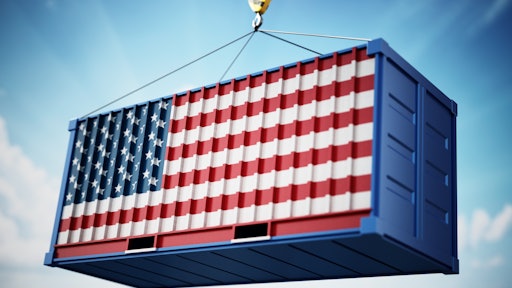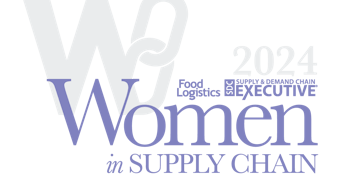
The recent inauguration of Donald Trump marks the beginning of a new chapter in global trade.
“With a renewed emphasis on the ‘America First’ agenda, Trump’s administration is poised to introduce structural changes to trade relations worldwide. These shifts are expected to impact key trade routes, tariffs, agreements, and supply chain dynamics, prompting businesses across industries to adapt to rapidly evolving logistics costs and productivity,” says Christian Roeloffs, co-founder and CEO of Container xChange. “Increased tariffs, stricter trade agreements, and a potential reorganization of key trade routes—especially amid geopolitical tensions like the Panama Canal controversy—will challenge global supply chains and force container traders and shipping companies to adapt.”
“At the same time, these shifts could create opportunities for regional trade growth, alternative trade corridors, and stronger collaboration between emerging markets. While the omission of anticipated tariffs on China, Canada, and Mexico brings short-term relief, the impact of the 25% tariff on Mexico and Canada, anticipated to take effect in February, remains uncertain,” Roeloffs adds.
Key takeaways:
Here are some critical takeaways from President Trump’s inaugural speech and the memorandum issued on Jan. 20:
- The “America First Trade Policy.” The trade policy is a critical component of national security, aiming to reduce dependence on foreign countries, ensure that trade practices benefit American workers and industries and prioritize domestic economic interests.
- Investigation of trade deficits. The Secretary of Commerce is tasked with investigating the causes of persistent trade deficits and recommending measures such as global supplemental tariffs to address these issues. This proactive stance indicates a potential for more aggressive tariff policies in the future.
- Establishment of an External Revenue Service. The proposal to establish an External Revenue Service (ERS) aims to streamline the collection of tariffs and duties, reflecting a significant shift in how the United States manages trade revenues. This could lead to increased enforcement of tariffs and duties on imports, impacting global supply chains and pricing strategies.
- Review of trade agreements. The United States Trade Representative is directed to review existing trade agreements, including the USMCA, to ensure they are beneficial to American interests. This may lead to renegotiations or changes in how these agreements are implemented, affecting international partners.
- Currency manipulation and competitive practices. The memorandum includes directives for assessing currency manipulation by trading partners, which could lead to sanctions or tariffs against countries deemed to have unfair practices. This focus on currency issues reflects ongoing tensions in international trade dynamics.
- Panama Canal controversy. President Trump asserts that the United States would be “taking back” the canal, which he claimed is currently under Chinese control. Trump’s comments have sparked significant backlash from the Panamanian government, which firmly rejected his claims and reaffirmed its sovereignty over the canal.
- Focus on reducing energy costs. Trump highlighted that high energy prices are a significant contributor to inflation, asserting that his administration would take decisive actions to lower energy costs. This includes promoting domestic energy production and reducing reliance on foreign sources, which he believes will help stabilize prices and alleviate the financial burden on consumers.
- Reversal of EV policies. Trump stated that by revoking the electric vehicle (EV) mandate, he aims to protect American autoworkers. This move aligns with his broader agenda to enhance domestic energy production and reduce reliance on EV mandates that he views as detrimental to the auto industry and consumer freedom.
What this means for container traders and lessors:
- Prepare for rising costs (near term). Increased tariffs could elevate the costs of importing containers or goods to United States.
- Anticipate trade shifts (long term). Renegotiations and stricter agreements might redirect container flows to new and emerging trade lanes.
- Monitor geopolitical developments. The Panama Canal dispute and U.S. currency policies could impact container availability and lead times globally.
“Supply chain dynamics are now at the forefront of global business strategies,” Roeloffs says. “The current global geopolitical environment poses challenges for trade routes and supply chains. Majority of our customers globally are divided in their opinions about container price developments, current macroeconomic scenarios and its potential implications on their operations. We recommend expanding supplier networks, diversifying sourcing, and proactive vigilance into global events impacting supply chains.”


![Top Tech Logo Vertical [color]](https://img.foodlogistics.com/files/base/acbm/scn/image/2024/11/top_tech_logo_Vertical__color_.672d2a7c2733d.png?auto=format%2Ccompress&bg=fff&fill-color=fff&fit=fill&h=191&pad=5&q=70&w=340)























